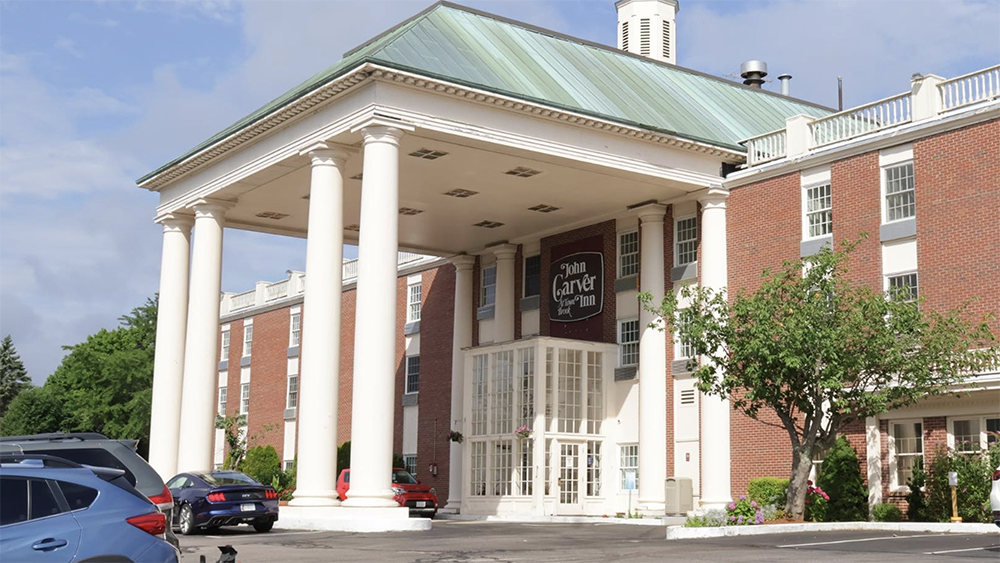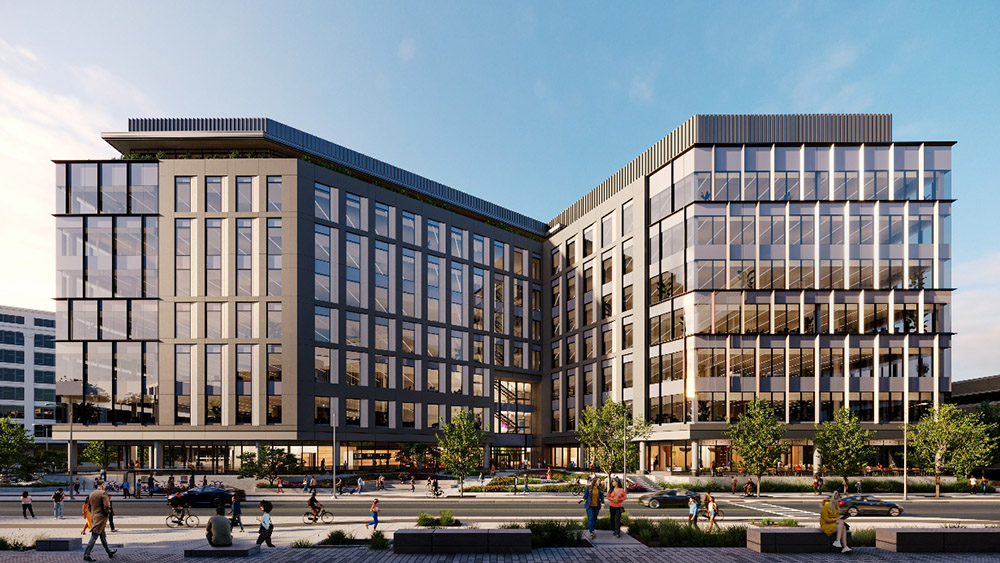Navigating zoning hurdles for alternative uses - by Diane Rojas

Hinckley Allen
Every month, it seems that another Planning and Zoning Commission (PZC) has approved a new alternative use business in a location that previously housed typical retail or industrial establishments: An axe-throwing business in a former warehouse, an interactive aquarium in an indoor mall, or a trampoline park in a shopping center. Some people may attribute these trends to one generation or another, but in reality, the market as a whole has demanded that the concept of “commercial business” and the definition of “retail” expands.
With these changes, local PZCs have had to reconcile existing ordinances that usually did not consider the possibility of these alternative uses in commercial and business districts at the time of establishment of the zoning code. Landlords and developers should be mindful of the zoning applications that may be required when incorporating alternative uses into a property that was not zoned to contemplate that use. Consider a few key examples:
Sometimes, an alternative use requires a special permit from the PZC to approve an alternative use that is not explicitly prohibited, but is in need of additional scrutiny by the commission, such as allowing an axe-throwing facility to serve alcohol. In Newington, Conn., the PZC considered and approved a special permit application by Montana Nights to serve alcohol in an industrial area that was set to open as an axe-throwing establishment.
In other instances, a variance may be required to accommodate an alternative use that is typically prohibited, such as in the case of an adult cabaret approved by the Board of Zoning Appeals in New Haven, Conn. The applicant proposed creating a “Vegas-style” venue with food and performances of all sorts, and they successfully sought a variance to operate the cabaret facility within 1,500 feet of an existing adult establishment.
In another challenging situation, an entire zone change might be sought, which was the case in Trumbull, Conn., where the PZC approved the rezoning of the Westfield Mall from a mixed-use property to a mixed-use design district. The new zoning designation would permit the development of residential units within the mall’s property, previously an entirely retail space. Although no plans have been proposed thus far, the new zone would allow, by special permit application, 260 apartments to be built on the property. Upon the approval of the zone change, the mall added a new alternative use tenant: SeaQuest Interactive Aquarium. A 17,000 s/f facility, the establishment encourages visitors to engage with the animals it houses. Operating within the confines of a traditional indoor mall, the facility brings an entirely new, experiential activity to a traditionally retail space, contributing to the changing definition of what is considered “retail.”
With almost every case, though, strategic consideration is required for any application to the local PZC to incorporate an alternative use business into a location where that use is not already permitted. Additionally, the examples above do not include the entire universe of licensing and permitting that may be required at the local, state, or federal level. Alternative use tenants are key to the future of the retail industry, but landlords and developers beware: in the rush to incorporate an alternative use into a commercial or industrial space, zoning challenges cannot be ignored. But with the proper counsel, landlords and developers can navigate these challenges successfully.
Diane Rojas is an associate in Hinckley Allen’s real estate practice group, Hartford, Conn.
Mount Vernon Co. acquires John Carver Inn & Spa in Plymouth, MA


Selecting the right façade installation firm - by Steven Powell

IREM President’s Message: Fostering community connections during the holiday season


.png)





.png)
